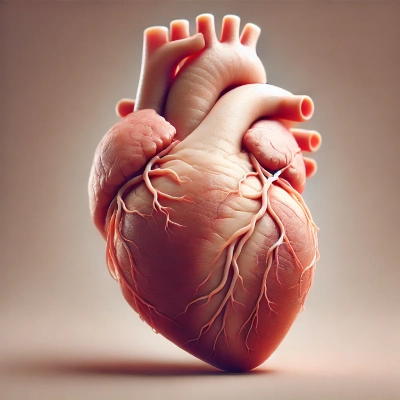Vitamin D Deficiency: Causes, Symptoms, and How to Fix It
Vitamin D deficiency can impact bone health, the immune system, and overall well-being. Fortunately, there are effective ways to prevent and treat it.
Since sunlight is the primary source of vitamin D, changes in lifestyle, limited sun exposure, and poor dietary intake have led to an increase in cases of vitamin D deficiency.
What Is Vitamin D and Why Is It Important?
Vitamin D is a fat-soluble vitamin essential for calcium absorption and bone health. Additionally, it plays a crucial role in immune function and muscle strength.
Vitamin D deficiency has been linked to osteoporosis, an increased risk of fractures, and weakened immunity. Moreover, recent studies suggest that low vitamin D levels may be associated with chronic diseases such as type 2 diabetes and autoimmune disorders.
Causes of Vitamin D Deficiency
There are several factors that may contribute:
• Limited sun exposure: The skin needs ultraviolet B (UVB) rays from sunlight to produce vitamin D. Spending too much time indoors, excessive use of sunscreen, or living in areas with limited sunlight can reduce vitamin D synthesis.
• Poor diet: Very few foods naturally contain vitamin D. Fatty fish, liver, and egg yolks are good sources, but their consumption is often inadequate.
• Individual risk factors: Dark skin, aging, obesity, and digestive disorders (such as celiac disease or inflammatory bowel disease) can all increase the risk of vitamin D deficiency.
Symptoms of Vitamin D Deficiency
Symptoms can be subtle and often go unnoticed. However, some of the most common signs are:
– Muscle and bone pain: Discomfort may be felt in the lower back, legs, or when pressing on the breastbone.
– Muscle weakness: In adults, this can lead to an increased risk of falls.
– Chronic fatigue: Levels of this vitamin have been linked to persistent fatigue.
– Bone problems in children: Severe deficiency can cause rickets, leading to bone deformities and delayed growth.
– Osteomalacia in adults: This condition results in weak bones and a higher risk of fractures.
How to Fix Vitamin D Deficiency
The deficiency can be corrected with simple lifestyle changes:
– Increase sun exposure: Spending 10 to 30 minutes in the sun daily, with arms and legs exposed, can help maintain adequate levels.
– Eat vitamin D-rich foods: Fatty fish, eggs, mushrooms, and fortified products like milk and cereals are excellent sources.
– Consider supplementation: The recommended daily intake is 800–1,000 IU for adults and 400 IU for children. In severe deficiency cases, higher doses may be needed under medical supervision.
How to Prevent?
The best way to prevent low vitamin D levels is to combine a balanced diet, moderate sun exposure, and supplementation when necessary. Additionally, high-risk populations—including older adults, individuals with obesity, and those with digestive disorders—should have their vitamin D levels monitored regularly to ensure they remain within a healthy range.
Conclusion
As a nutritionist, I have seen how maintaining optimal vitamin D levels can significantly improve bone, muscle, and immune health. While some people worry about excessive supplementation, deficiency is actually far more common. By taking proactive steps, such as adjusting diet, increasing sun exposure, or supplementing when necessary, you can protect your long-term health and well-being.

Written by: Nutritionist Andrés Izurieta
Bibliographic citations:
Cashman KD. Vitamin D Deficiency: Defining, Prevalence, Causes, and Strategies of Addressing. Calcif Tissue Int. enero de 2020;106(1):14-29.
Lips P, Cashman KD, Lamberg-Allardt C, Bischoff-Ferrari HA, Obermayer-Pietsch B, Bianchi ML, et al. Current vitamin D status in European and Middle East countries and strategies to prevent vitamin D deficiency: a position statement of the European Calcified Tissue Society. Eur J Endocrinol. abril de 2019;180(4):P23-54.
Sarathi V, Dhananjaya MS, Karlekar M, Lila AR. Vitamin D deficiency or resistance and hypophosphatemia. Best Pract Res Clin Endocrinol Metab. marzo de 2024;38(2):101876.





